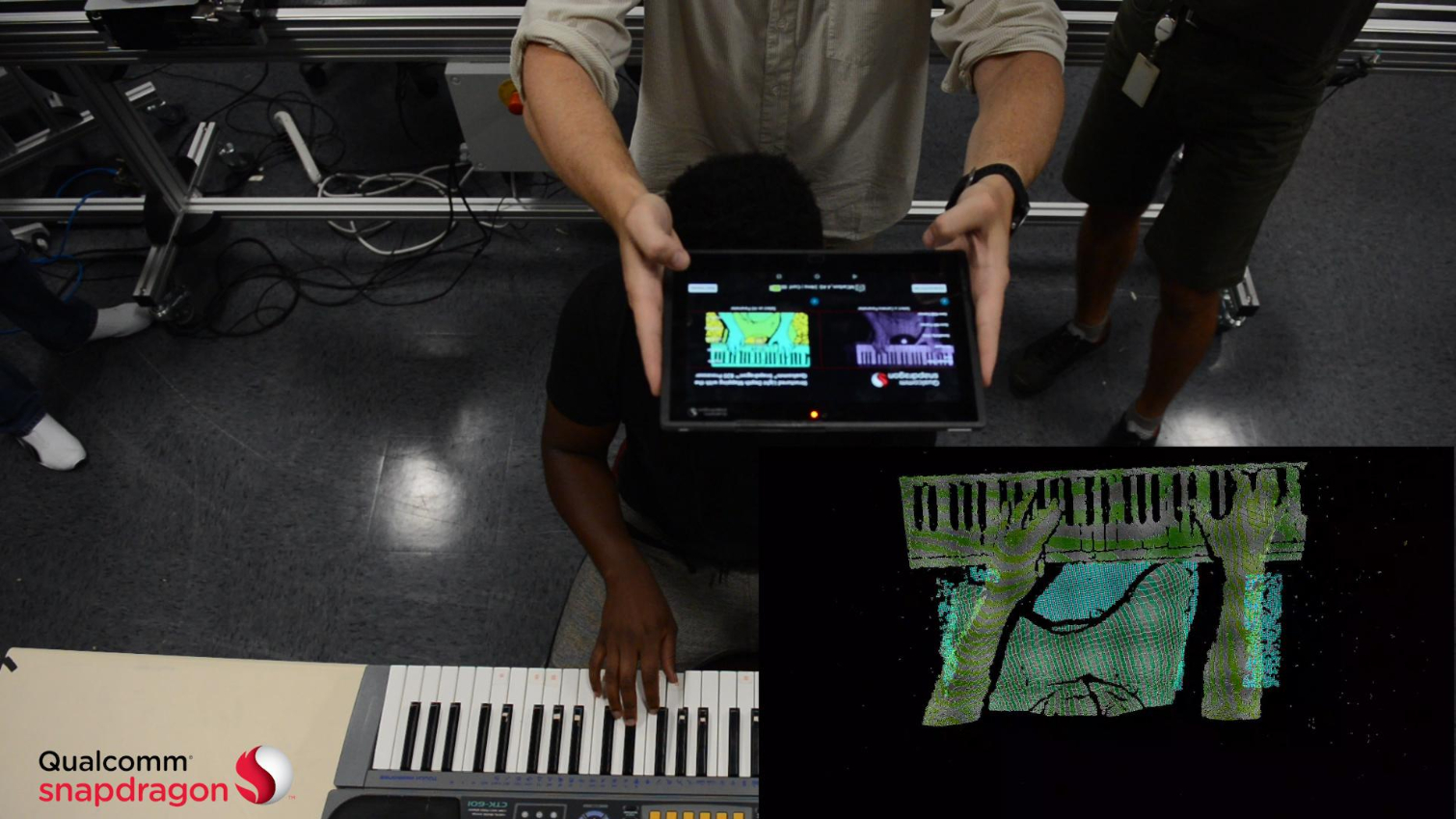Qualcomm Adds Computer Vision, Biometric Cameras To Spectra Module Program
Qualcomm Technologies Inc. revealed new options to the Spectra ISP Module Program, which add computer vision, computational photography, advanced extended reality (XR), and biometric capabilities to the company’s mobile technology portfolio.
Qualcomm launched the Spectra Module Program last year to “help customers accelerate time to market for devices with stunning image quality and advanced camera technology.” Last year, the program included dual-camera modules that offered improved low-light photography and smooth zoom for video recordings. Qualcomm’s new Spectra ISP modules offer far more capability than last year’s offerings.
Qualcomm revealed three new camera modules for smartphone makers to choose from, including an iris authentication module that would enable retina scans for user authentication and both active and passive depth-sensing camera modules for computer vision applications.
“Whether used for computational photography, video recording, or for computer vision applications that require accurate motion tracking, it’s clear that power efficient camera image signal processing has become more important for the next generation of mobile user experiences,” said Tim Leland, vice president of product management, Qualcomm Technologies Inc. “Our breakthrough advancements in visual quality and computer vision, combined with our family of integrated Qualcomm Spectra ISPs for Snapdragon, are designed to support an ecosystem of cutting edge mobile applications for our customers.”
Qualcomm also built a new power-efficient image signal processor (ISP) to pair with the new camera modules. The company said the new Spectra ISP module features “multi-frame noise reduction” technology to provide improved image quality compared to the previous generation. The Spectra ISP also includes hardware accelerated motion compensation temporal filtering (MCTF) and inline electronic image stabilization (EIS) to offer improved video recording quality.
The new Spectra ISP also offers high-performance motion tracking that works together with simultaneous localization and mapping (SLAM) tracking technology, which would pair well with standalone mobile VR HMDs and AR glasses, such as the upcoming Vive and Oculus standalone HMDs and the next generation of ODG’s smartglasses.
Qualcomm didn’t say when the new Spectra ISP and camera modules would be available, but the company said that it “expect[s]” the new parts to be part of the next Snapdragon Mobile Platform.
Get Tom's Hardware's best news and in-depth reviews, straight to your inbox.
Kevin Carbotte is a contributing writer for Tom's Hardware who primarily covers VR and AR hardware. He has been writing for us for more than four years.
-
bit_user Does anyone else get the sense that the next Hololens is going to be Qualcomm-based? More and more pieces keep falling into place.Reply
